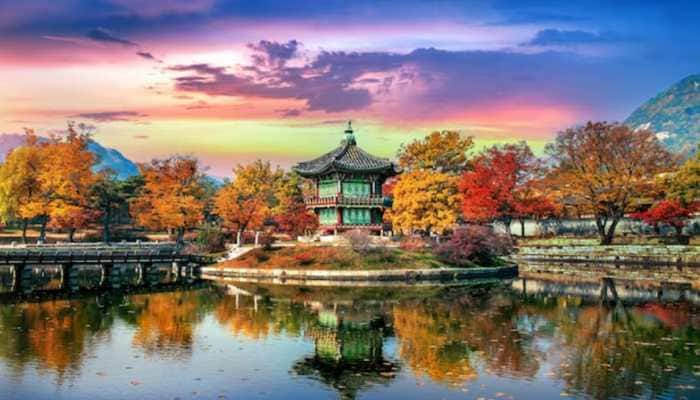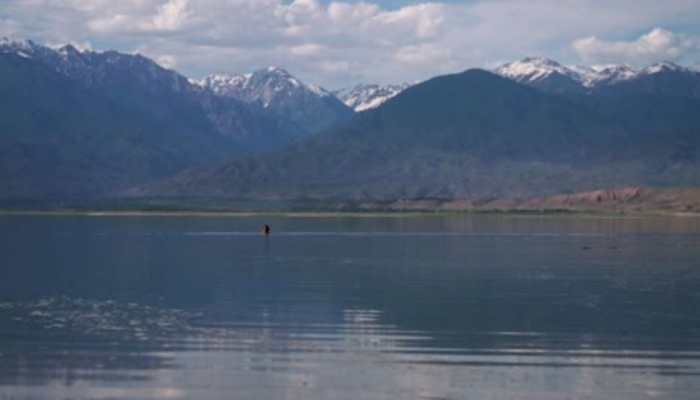Surya Grahan 2022 today: India timings, what NOT to do on first partial solar eclipse of the year!
A partial solar eclipse is also known as Aanshik Surya Grahan.
Trending Photos
) Pic Courtesy: Pixabay representational image
Pic Courtesy: Pixabay representational image New Delhi: This year's first eclipse is a partial solar eclipse or Surya Grahan on April 30. It will be visible in southern South America, parts of Antarctica, and over the Pacific and Atlantic Oceans as per timeanddate.com.
WHAT IS PARTIAL SOLAR ECLIPSE:
A partial solar eclipse is also known as Aanshik Surya Grahan. When it's a total eclipse, the disk of the Sun is fully obscured by the Moon, however, in partial and annular eclipses, only part of the Sun is obscured.
SURYA GRAHAN IN INDIA:
The skywatchers in India and the United States will not be able to witness the first partial eclipse as it is not visible in both of these countries. Those who are interested in watching the phenomenon can view it live on NASA's YouTube.
SURYA GRAHAN OR SOLAR ECLIPSE 2022 TIMINGS:
(The timing chart is sourced from timeanddate.com)
SOLAR ECLIPSE DO'S and DON'TS:
In India, people usually prefer to stay indoors and not consume any food items during the time of the Grahan or eclipse. Also, Darbha grass or Tulsi leaves are put in eatables and water to prevent the ill effects of the Grahan. Many believe in taking a bath after the eclipse is over and changing to new clothes.
Chanting mantras dedicated to the sun god is another practice followed by many households in the country.
Especially, pregnant women are asked to stay indoors and chant the Santana Gopala Mantra.
Many refrain from drinking water during the time period of eclipse.
Also, the preparation of food or eating is prohibited during the Grahan. Commencing any auspicious task is avoided by many as well.
Take Note: The eclipsed Sun should not be viewed with the naked eye, even for a very short time. It will cause permanent damage to the eyes leading to blindness even when the moon covers most portion of the Sun.
Stay informed on all the latest news, real-time breaking news updates, and follow all the important headlines in india news and world News on Zee News.
Live Tv








)
)
)
)
)
)
)
)
)
)
